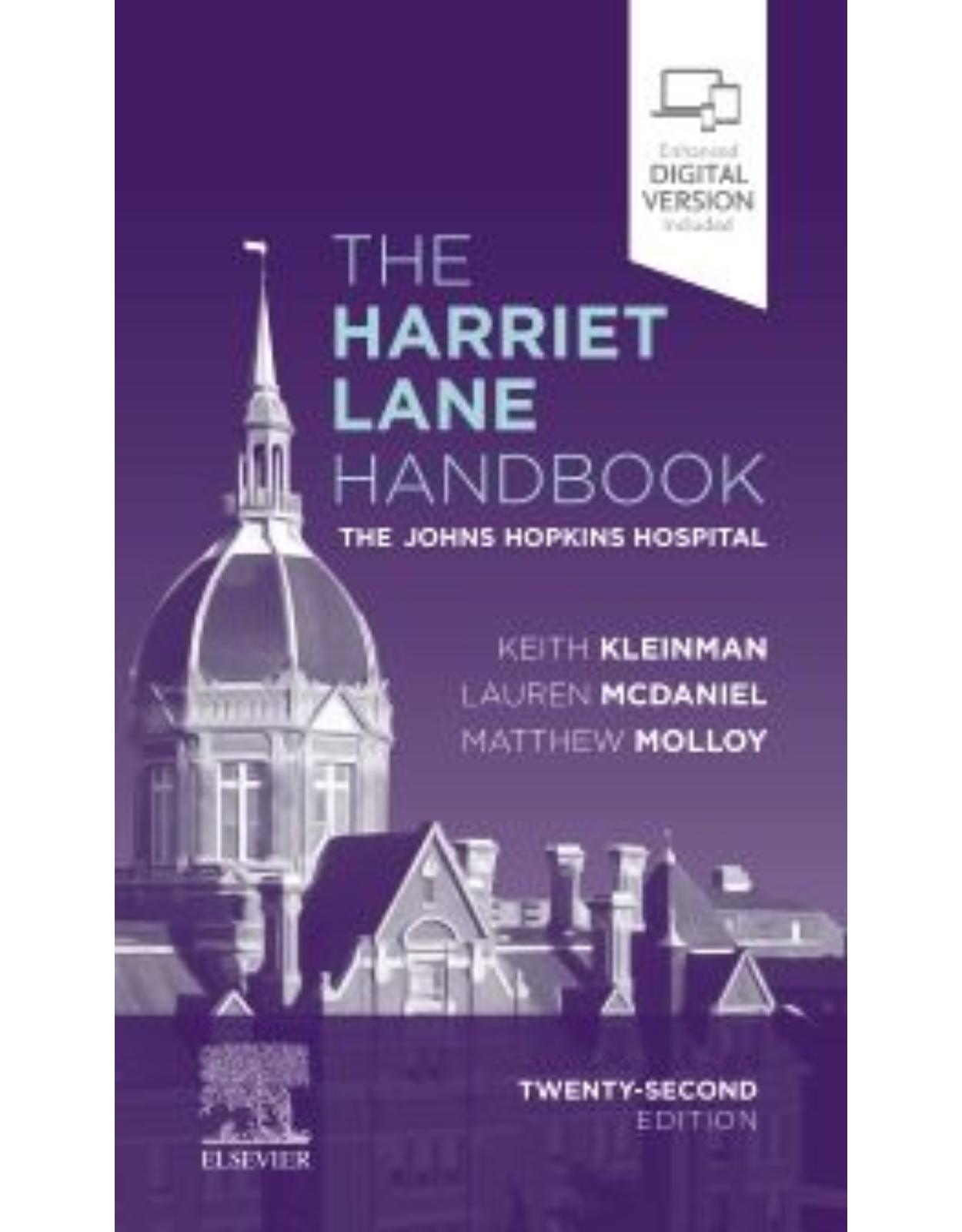
The Harriet Lane Handbook, 22nd Edition
Livrare gratis la comenzi peste 500 RON. Pentru celelalte comenzi livrarea este 20 RON.
Disponibilitate: La comanda in aproximativ 4 saptamani
Editura: Elsevier
Limba: Engleza
Nr. pagini: 1216
Coperta:
Dimensiuni: 187 x 111
An aparitie: 2020
Description:
Every three years, The Harriet Lane Handbook is carefully updated by residents, edited by chief residents, and reviewed by expert faculty at The Johns Hopkins Hospital. Easy to use, concise, and complete, this essential manual keeps you current with new guidelines, practice parameters, pharmacology, and more. The 22nd Edition of this portable reference continues to be the #1 source of pediatric point-of-care clinical information for pediatric residents, students, nurses, and all healthcare professionals who treat young patients.
Table of Contents:
Abbreviations
Copyright
Dedication
Preface
Part I. Pediatric Acute Care
Introduction
Chapter 1. Emergency and Critical Care Management
I. Approach to the Unresponsive Child
II. Management of Shock3,5,7,11
III. Management of Common Emergencies
IV. Critical Care Reference Data
Chapter 2. Traumatic Injuries
I. Components of the Trauma Assessment
II. Head and Neck Trauma
III. Concussion
IV. Thoracic and Abdominal Trauma Evaluation18
V. Orthopedic/Long Bone Trauma
VI. Dental Trauma
VII. Ophthalmologic Trauma26
VIII. Animal Bites
IX. Burns
X. Nonaccidental Trauma
XI. Resources
Color Plates
Chapter 3. Toxicology
I. Initial Evaluation
II. Toxidromes
III. Ingestions and Antidotes
IV. Acetaminophen Overdose7
V. Lead Poisoning8
VI. Web Resources
Chapter 4. Procedures
I. General Guidelines
II. Ultrasound for Procedures
III. Neurologic Procedures: Lumbar Puncture2,3
IV. Otolaryngologic Procedures
V. Cardiovascular Procedures
VI. Pulmonary Procedures
VII. Gastrointestinal Procedures
VIII. Genitourinary Procedures
IX. Musculoskeletal Procedures
X. Skin/Dermatologic Procedures
XI. Online Content
Part II. Diagnostic and Therapeutic Information
Introduction
Chapter 5. Adolescent Medicine
I. Adolescent Health Maintenance
II. Sexual Health
III. Transitioning Adolescents Into Adult Care51
IV. Web Resources
Chapter 6. Analgesia and Procedural Sedation
I. Pain Assessment
II. Analgesics1
III. Patient-Controlled Analgesia (PCA)
IV. Opioid Tapering
V. Procedural Sedation1,9–12,19–21
VI. Web Resources
Chapter 7. Cardiology
I. Physical Examination
II. Electrocardiography
III. Congenital Heart Disease
IV. Acquired Heart Disease
V. Imaging
VI. Procedures
VII. Common Cardiac Complaints
VIII. Exercise Recommendations for Patients With Congenital Heart Disease
IX. Lipid Monitoring Recommendations
X. Cardiovascular Screening
XI. Web Resources
Chapter 8. Dermatology
I. Evaluation and Clinical Descriptions of Skin Findings
II. Vascular Anomalies1
III. Infections
IV. Hair Loss (Figs. 8.18–8.20, Color Plates)
V. Acne Vulgaris
VI. Common Neonatal Dermatologic Conditions (Fig. 8.21; Figs. 8.22–8.30, Color Plates)
VII. Autoimmune and Allergic Dermatologic Conditions (Figs. 8.31–8.38, Color Plates)
X. Online Content
Color Plates
Chapter 9. Development, Behavior, and Developmental Disability
I. Developmental Definitions1,2
II. Guidelines for Normal Development and Behavior
III. Developmental Screening and Evaluation of Developmental Disorders
IV. Specific Disorders of Development
V. Longitudinal Care of Children With Developmental Disorders and Disabilities
VI. Transitions From Pediatric to Adult Care for Youth With Developmental Disabilities
VII. Web Resources
Chapter 10. Endocrinology
I. Diabetes
II. Thyroid Gland14-16
III. Parathyroid Gland and Vitamin D22-24
IV. Adrenal Gland25-29
V. Disorders of So dium and Water Regulation35
VI. Growth35-37
VII. Sexual Development39-45
VIII. Neonatal Hypoglycemia Evaluation51,52
IX. Additional Normal Values
X. Web Resources
Chapter 11. Fluids and Electrolytes
I. Introduction
II. Fluid Resuscitation
III. Electrolyte Management
IV. Algorithm for Evaluating Acid-Base Disturbances7,17,18
Chapter 12. Gastroenterology
I. Gastrointestinal Emergencies
II. Conditions of the Gastrointestinal Tract
III. Conditions of the Liver
IV. Pancreatitis30-32
V. Web Resources
Chapter 13. Genetics: Metabolism and Dysmorphology
I. Metabolism1-7
II. Newborn Metabolic Screening7
III. Dysmorphology7,11-14
IV. Patterns of Dysmorphologic Conditions11,14
V. Etiologies of Dysmorphic Features (Fig. 13.5)11,14,29
VI. Consent and Disclosure of Genetic Testing
VII. Web Resources
References
VIII. Online Content
Chapter 14. Hematology
I. Anemia
II. Neutropenia
III. Thrombocytopenia and Impaired Platelet Function
IV. Coagulation
V. Blood Component Replacement
VI. Additional Resources
VII. Online Content
Chapter 15. Immunology and Allergy
I. Allergic Rhinitis1–6
II. Food Allergy7–12
III. Drug Allergy13,14
IV. Evaluation of Suspected Immunodeficiency
V. Immunoglobulin Therapy22–25
VI. Immunologic Reference Values
Chapter 16. Immunoprophylaxis
I. Immunization Schedules
II. Immunization Guidelines
III. Postexposure Prophylaxis (Table 16.5)
V. Counseling and Communication about Vaccines16-26
VI. Web Resources27-33
VII. Online Content
Chapter 17. Microbiology and Infectious Disease
I. Common Neonatal and Pediatric Infections: Guidelines for Diagnosis and Initial Management
II. Microbiology
III.Spectra of Activity for Commonly Used Antibiotics (Fig. 17.6)
IV. Exposures to Blood Borne Pathogens and Prophylaxis
Chapter 18. Neonatology
I. Newborn resuscitation
II. Routine Newborn Care of a Term Infant
III. Newborn Assessment
IV. Fluids, Electrolytes, and Nutrition
V. Cyanosis in the Newborn
VI. Respiratory Diseases
VII. Apnea and Bradycardia
VIII. Cardiac Diseases
IX. Hematologic Diseases
X. Gastrointestinal Diseases
XI. Neurologic Diseases
XII. Urologic Disorders
XIII. Retinopathy of Prematurity34
XIV. Commonly Used Medications in the Neonatal Intensive Care Unit
XV. Web Resources
XVI. Online Content
Chapter 19. Nephrology
I. Urinalysis1: Table 19.1
II. Kidney Function Tests
III. Chronic Hypertension5-7
IV. Urinary Tract Infections8-13
V. Proteinuria14–16
VI. Hematuria18
VII. Acute Kidney Injury19,20
VIII. Chronic Kidney Disease23
IX. Dialysis
X. Tubular Disorders
XI. Nephrolithiasis27-30
XII. Web Resources
Chapter 20. Neurology
I. Neurologic Examination
II. Headaches1–11
III. Seizures12–25
IV. Hydrocephalus26–28
V. Ataxia29,30
VI. Stroke31–33
VII. Encephalopathy/Altered Mental Status34–37
VIII. Neuromuscular Disorders38–45
IX. Web Resources
Chapter 21. Nutrition and Growth
I. Assessment of Growth
II. Management of Overweight and Obese Children
III. Malnutrition in Infants and Children
IV. Re-Feeding Syndrome
V. Nutritional Needs of Healthy Children
VI. Breastfeeding and the Use of Human Milk
VII. Enteral Nutrition
VIII. Parenteral Nutrition
IX. Web Resources
Chapter 22. Oncology
I. Overview of Pediatric Malignancies1-4
II.Pediatric Hematologic Malignancies1-2 (TABLE 22.1)
V. Oncologic Emergencies2,9-16
VI. Commonly Used Chemotherapeutic Drugs and Associated Acute Toxicities (TABLE 22.4)
VIII. Antimicrobial Prophylaxis in Oncology Patients (TABLE 22.6)17-19
IX. Hematopoietic Stem Cell Transplantation (HSCT)1,2,20
X. Complications of hsct1,2,20-22
XI. Cancer survivorship3,23-25
XII. Web Resources
XIII. Online content
Chapter 23. Palliative Care
I. Introduction to Hospice and Palliative Medicine
II. Communication and Decision Making
III. Care of the Dying Child
IV. Web Resources
Chapter 24. Psychiatry
I. Overview
II. Postpartum Depression
III. Common Psychiatric Conditions in Children (2 To 12 Years)
IV. Common Psychiatric Conditions in Adolescents
V. Psychiatric Emergencies
VI. Web Resources
Chapter 25. Pulmonology and Sleep Medicine
I. Evaluation of Pulmonary Gas Exchange
II. Pulmonary Function Tests (PFT)
III. Asthma12,18
IV. Bronchiolitis19-23
V. Bronchopulmonary Dysplasia (BPD)24-27
VI. Cystic Fibrosis28-37
VII. Obstructive Sleep Apnea Syndrome (OSAS)38-42
VIII. Infant and Child Sleep43-46
IX. Brief Resolved Unexplained Event (BRUE)47,48
X. Web Resources
References
XI. Online Content
Chapter 26. Radiology
I. General Pediatric Principles
II. Choosing the Right Study
III. Head
IV. Neck and Airway
V. Chest
VI. Heart (see Chapter 7)
VII. Abdomen
VIII. Genitourinary Tract
IX. Musculoskeletal
X. Confirming Tube Placement and Line Insertion
XII. Web Resources
Chapter 27. Rheumatology
I. Brief Overview of Clinical Characteristics of Rheumatologic Diseases
II. Interpretation of Laboratory Studies Used in the Diagnosis and Monitoring of Rheumatologic Diseases
III. Primary Care Management of Rheumatologic Diseases363839
IV. Web Resources
Part III. Reference
Introduction
Chapter 28. Blood Chemistry and Body Fluids
I. Reference Values
II. Evaluation of Body Fluids
III. Conversion Formulas
Chapter 29. Biostatistics and Evidence-Based Medicine
I. Evidence-Based Medicine
II. Biostatistics and Epidemiology
III. Web Resources
Part IV. Formulary
Introduction
Chapter 30. Drug Dosages
I. Note to Reader
III. Explanation of Breastfeeding Categories
IV. Explanation of Pregnancy Categories
V. Nomogram and Equation for Body Surface Area
VI. Drug Index
Chapter 31. Drugs in Renal Failure
I. Dose Adjustment Methods
II. Antimicrobials Requiring Adjustment in Renal Failure
III. Nonantimicrobials Requiring Adjustment in Renal Failure
References
Index
IBC
Pediatric Cardiac Arrest
IBC
| An aparitie | 2020 |
| Autor | The Johns Hopkins Hospital & Keith Kleinman & Lauren McDaniel & Matthew Molloy |
| Dimensiuni | 187 x 111 |
| Editura | Elsevier |
| ISBN | 9780323674072 |
| Limba | Engleza |
| Nr pag | 1216 |
-
2,19000 lei 1,64300 lei

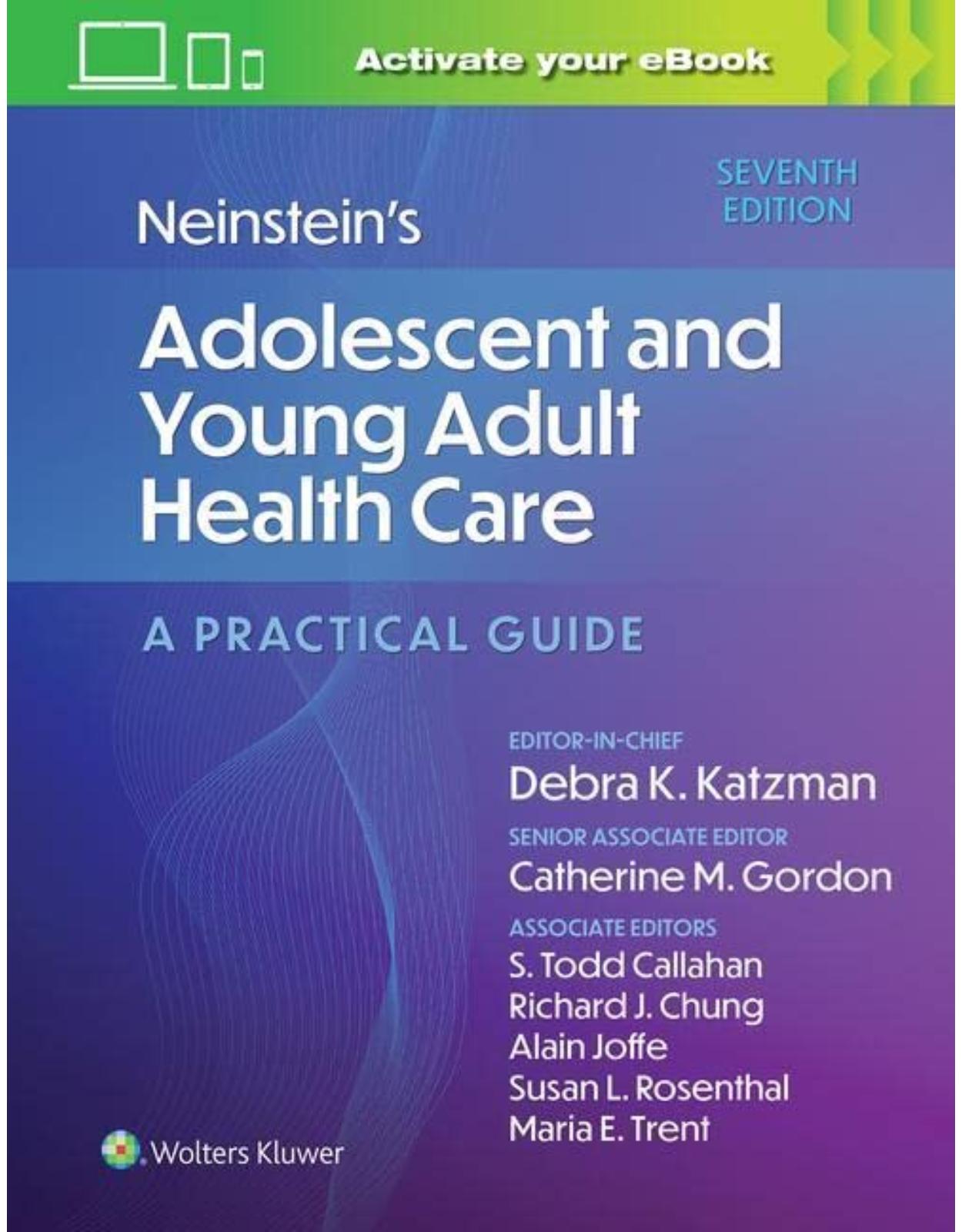
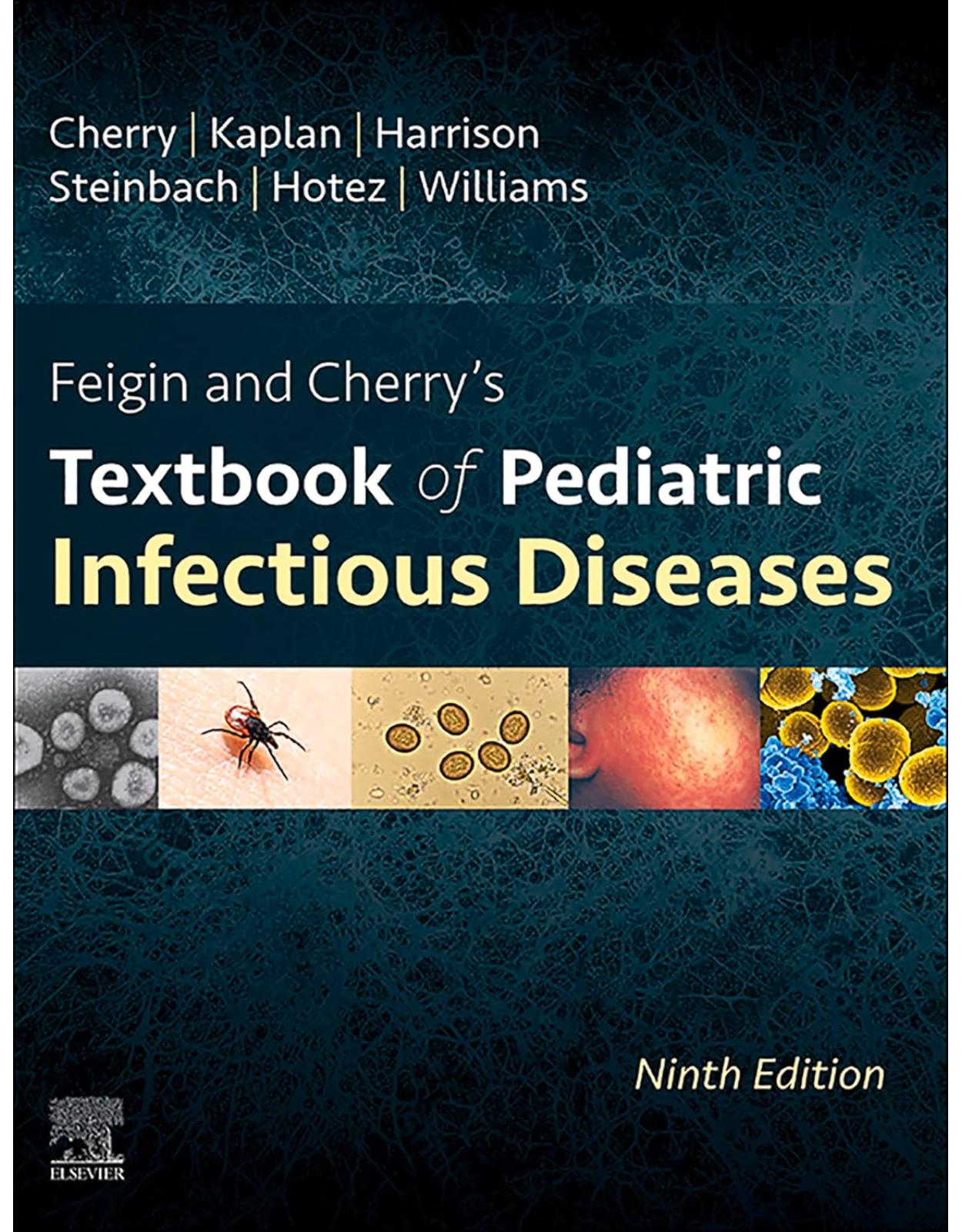
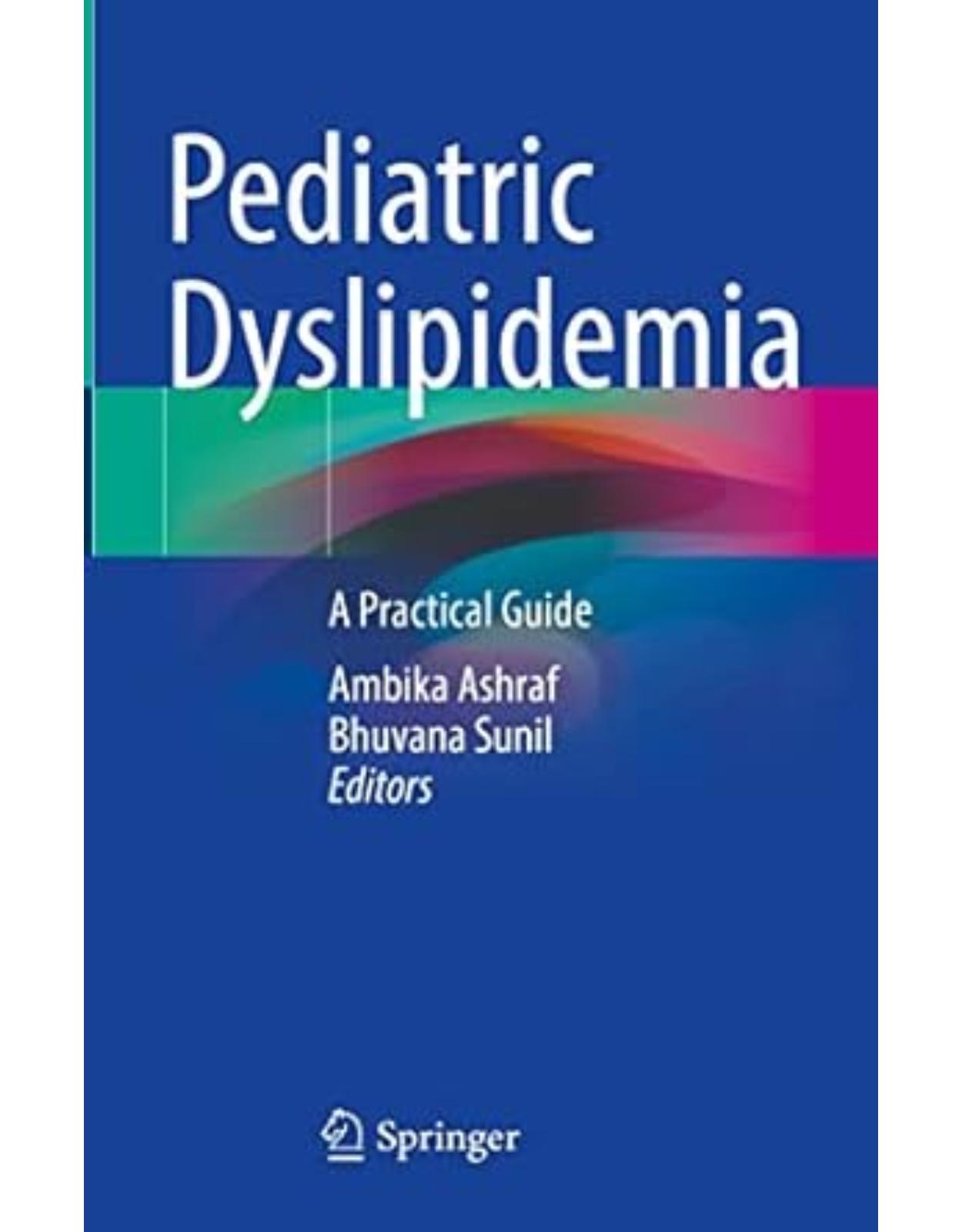
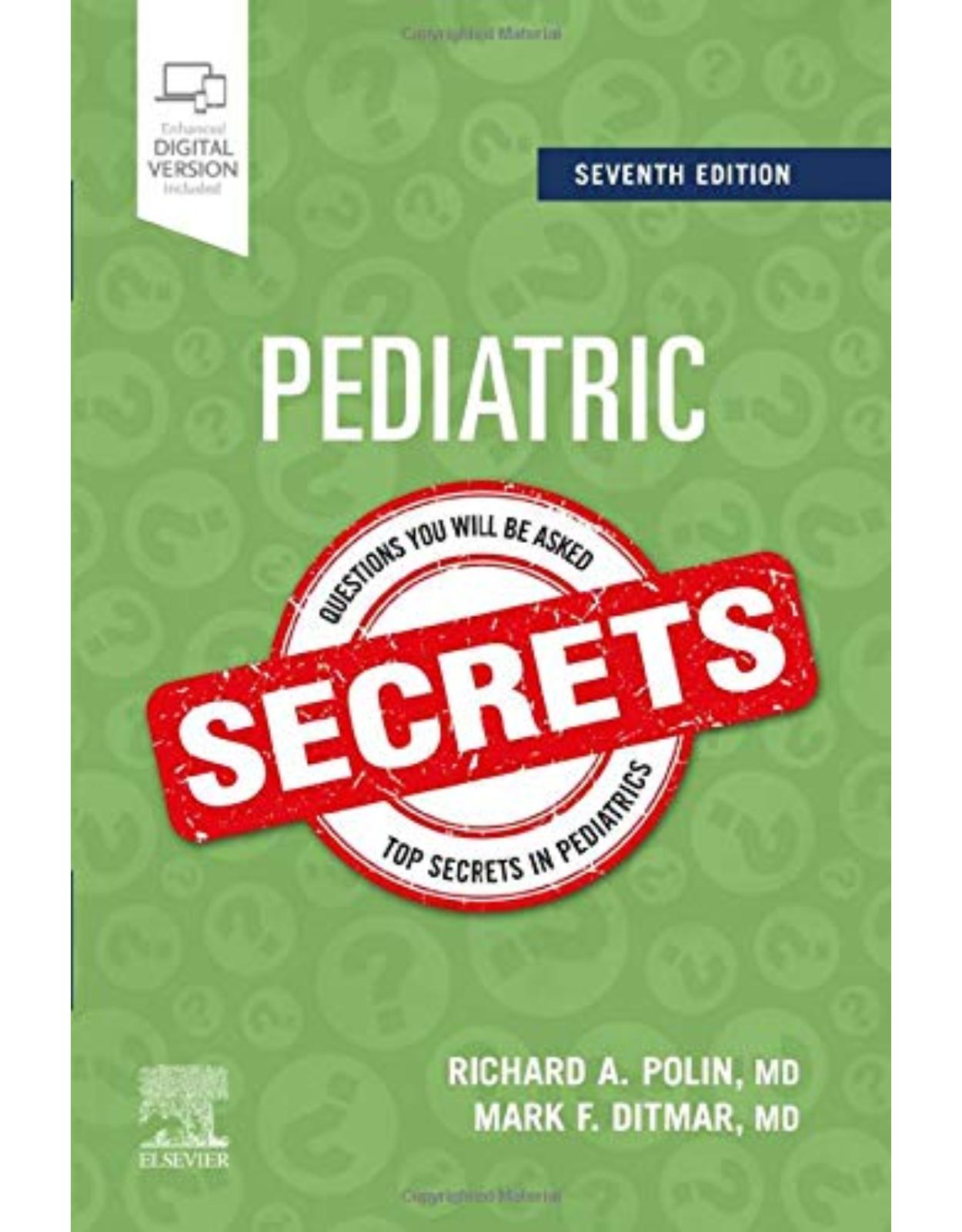
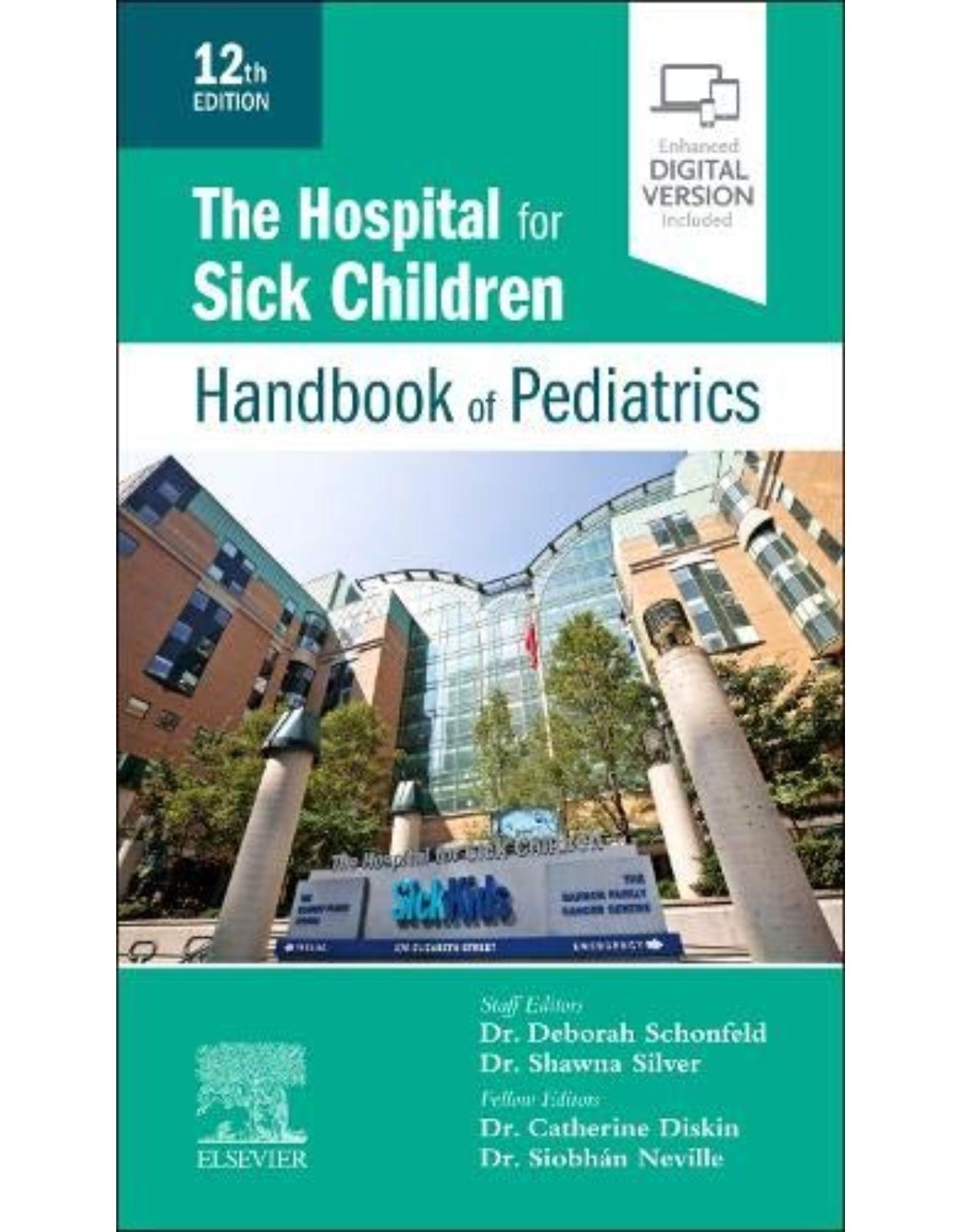
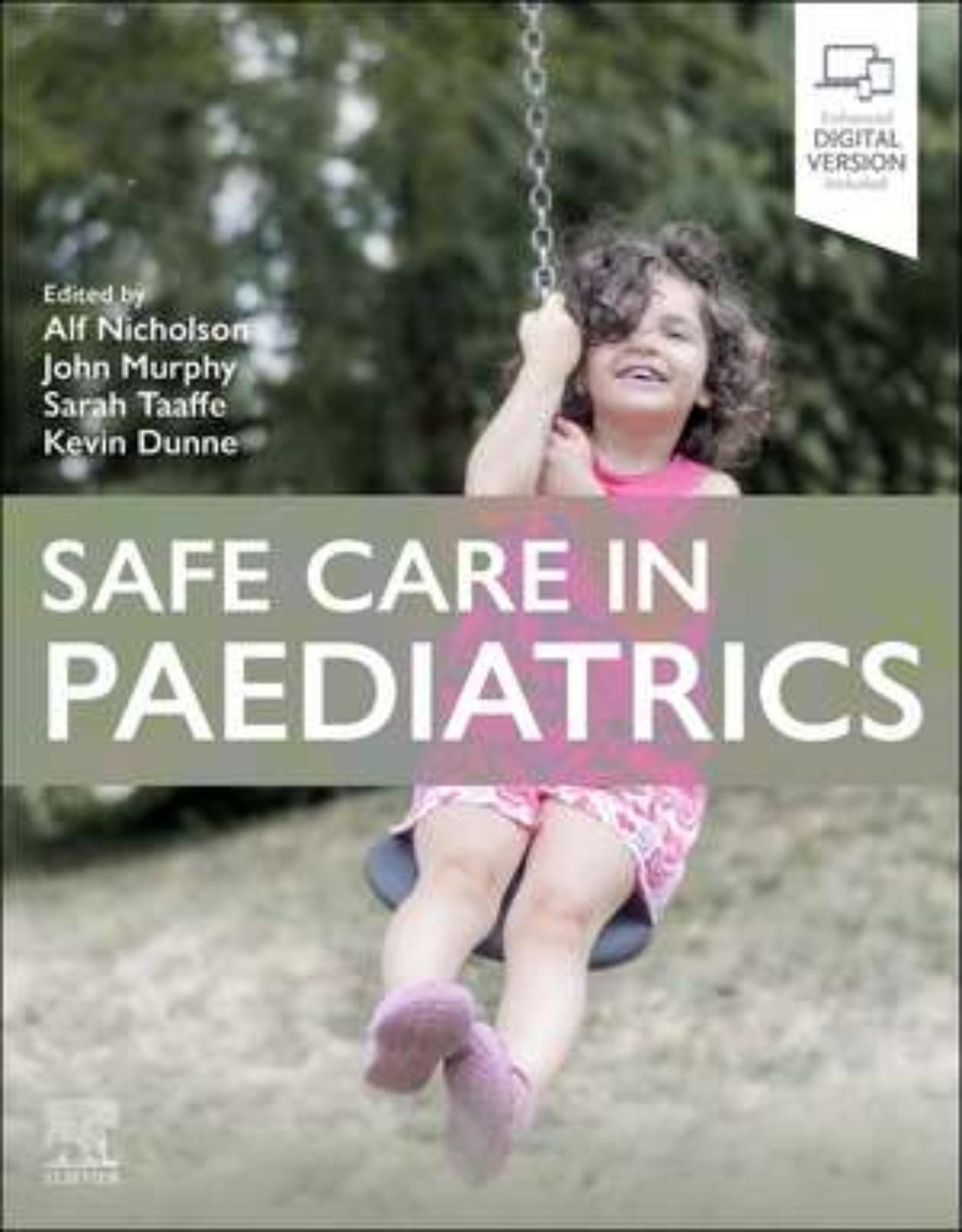
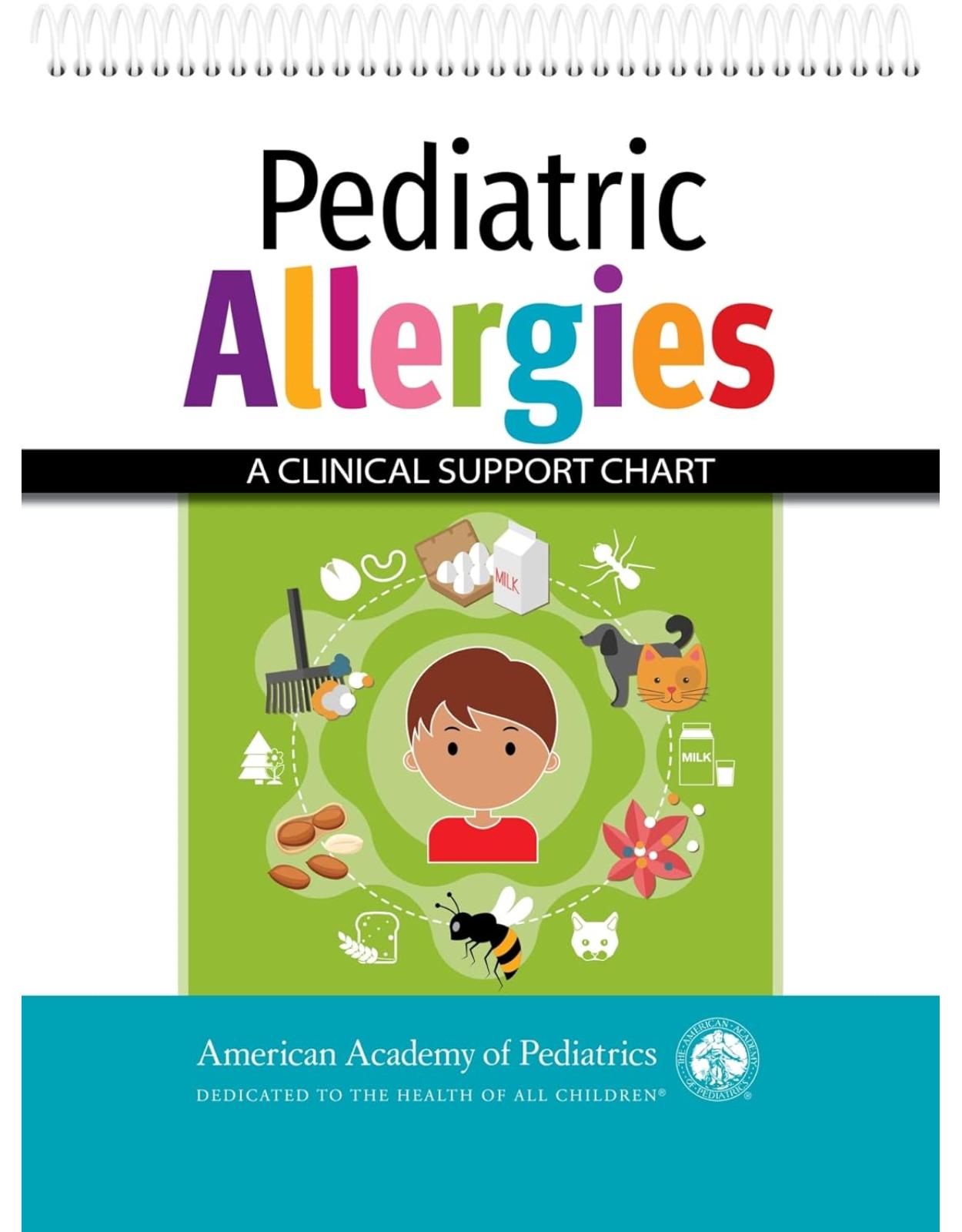
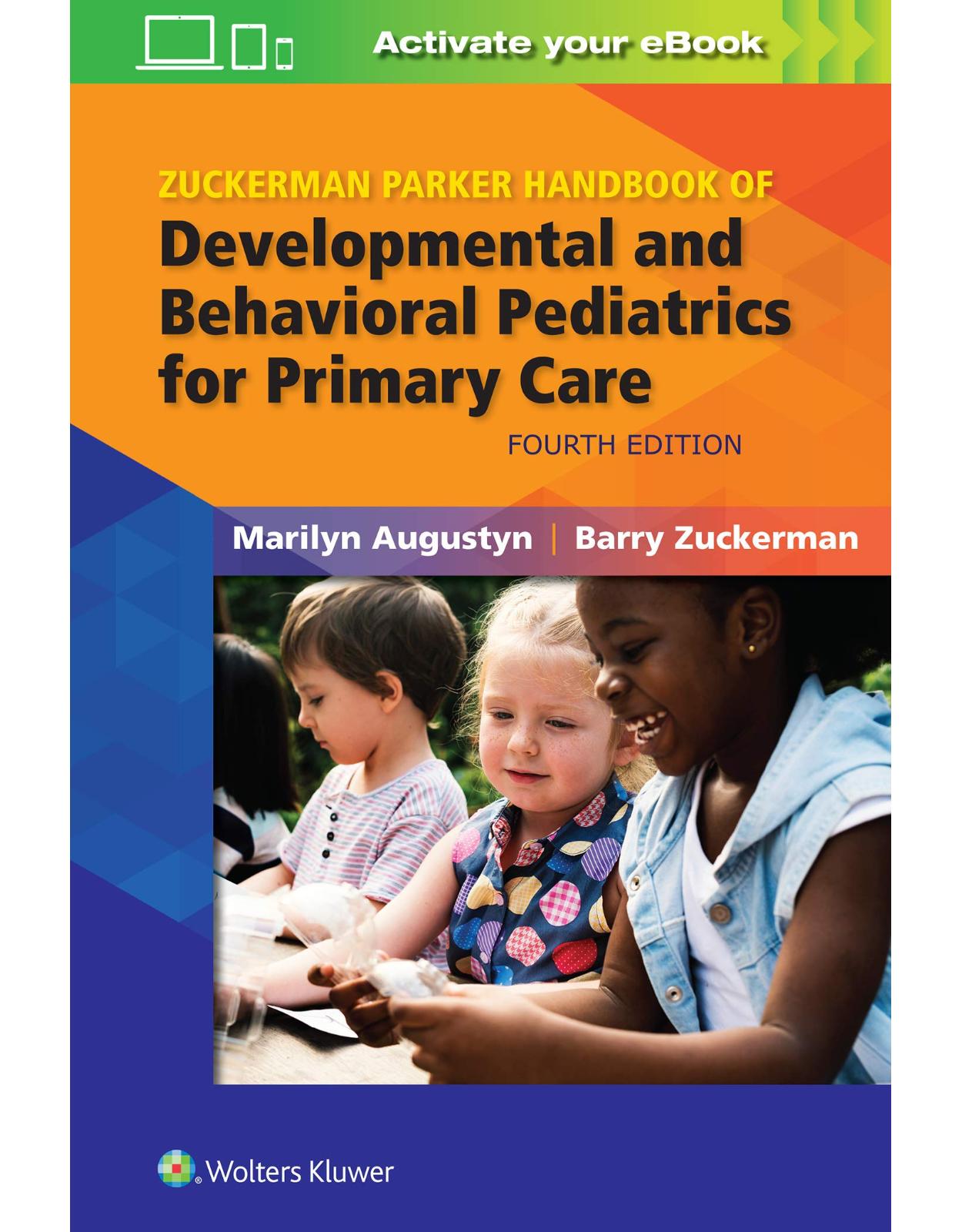
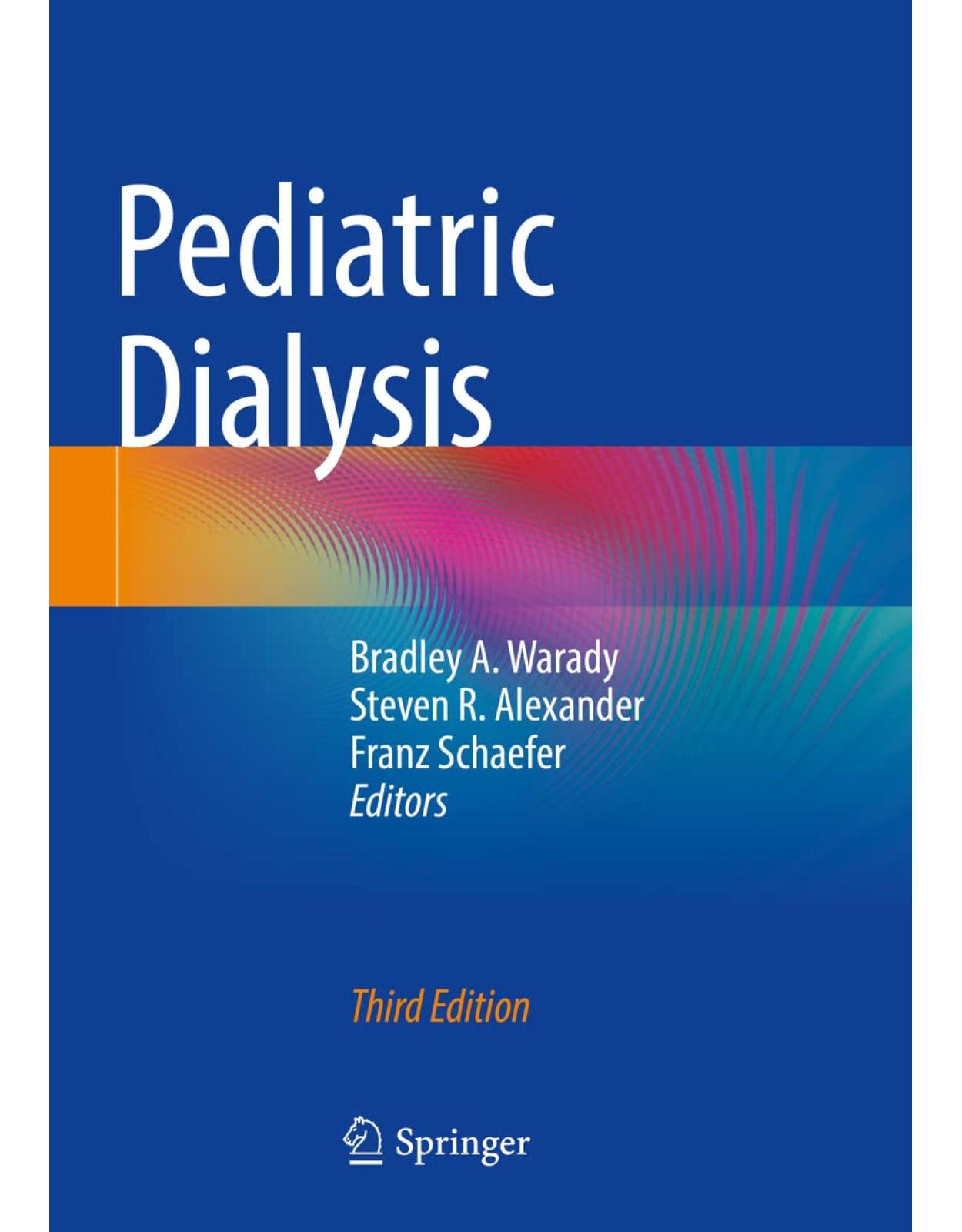
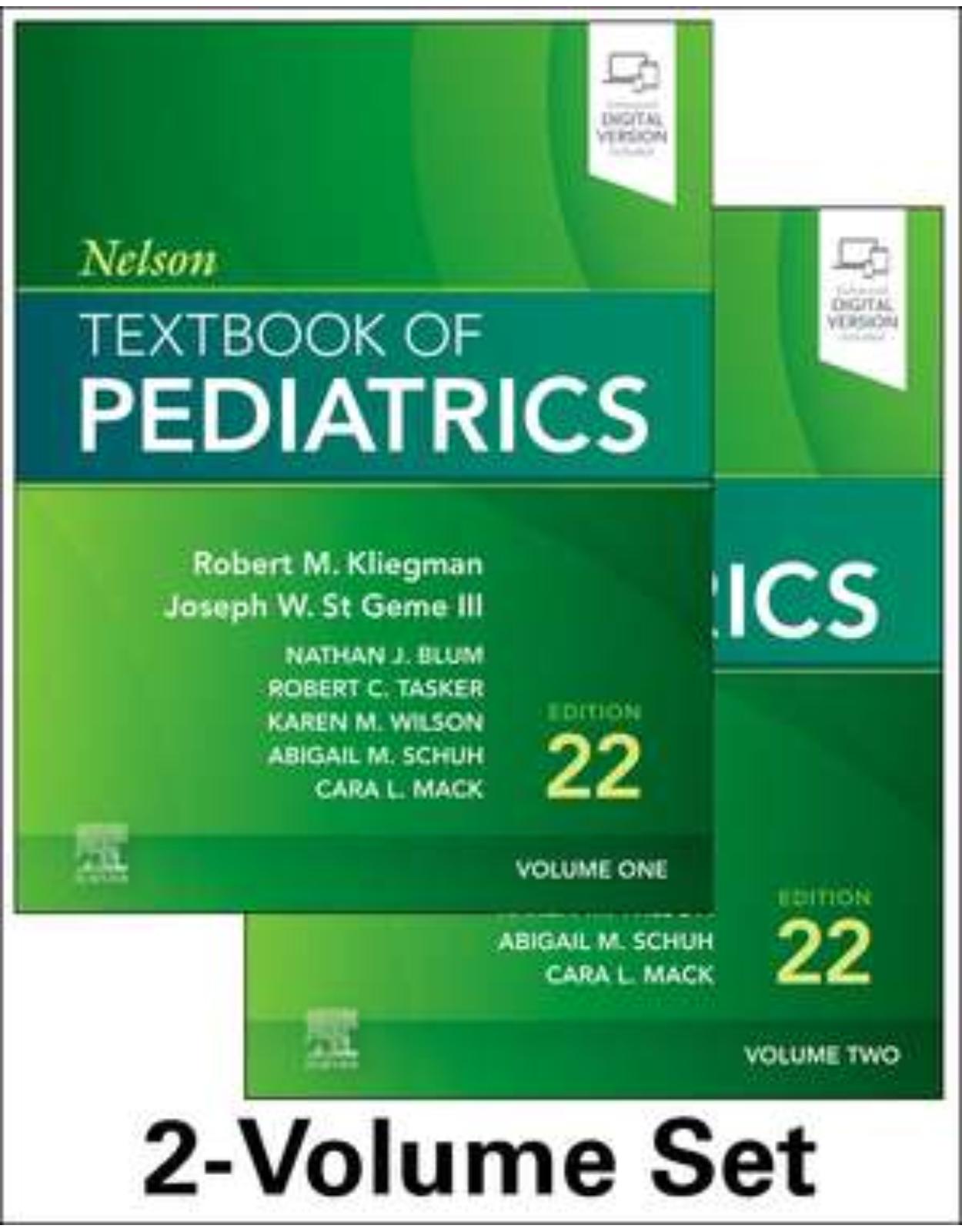
Clientii ebookshop.ro nu au adaugat inca opinii pentru acest produs. Fii primul care adauga o parere, folosind formularul de mai jos.